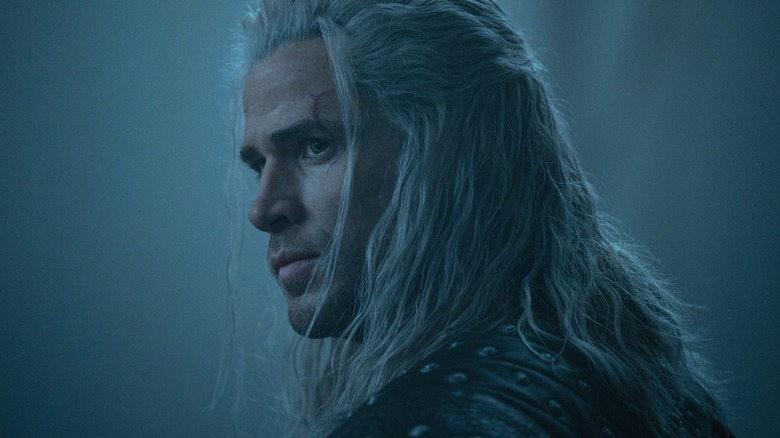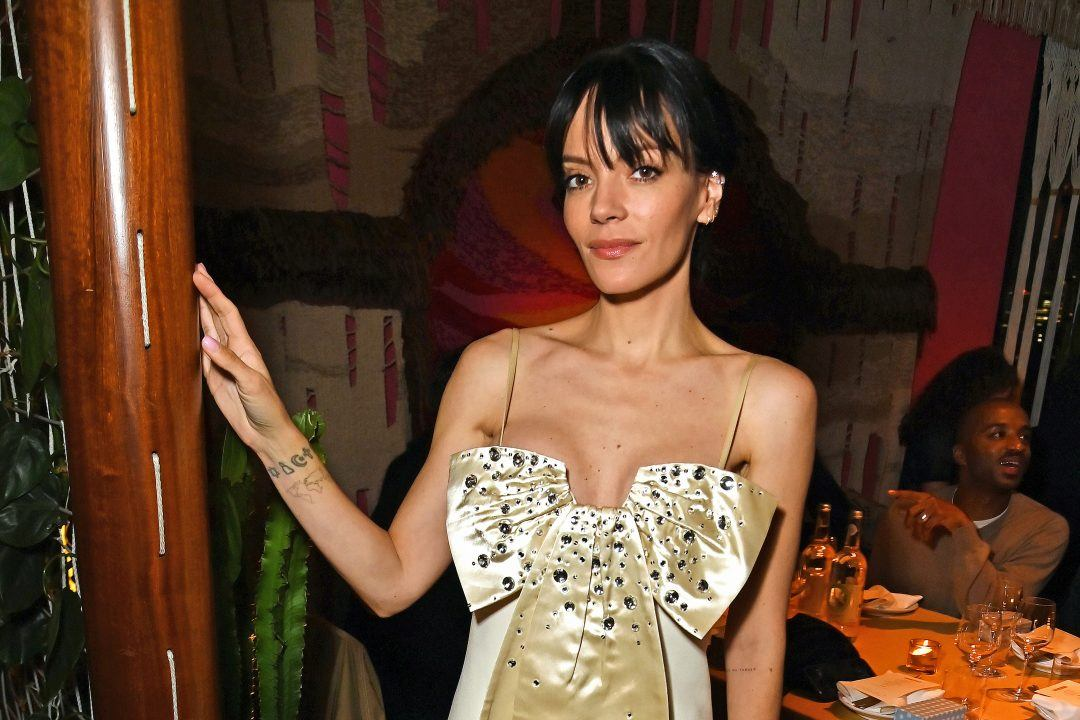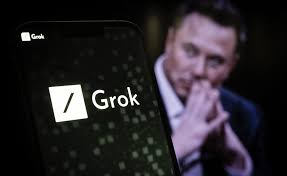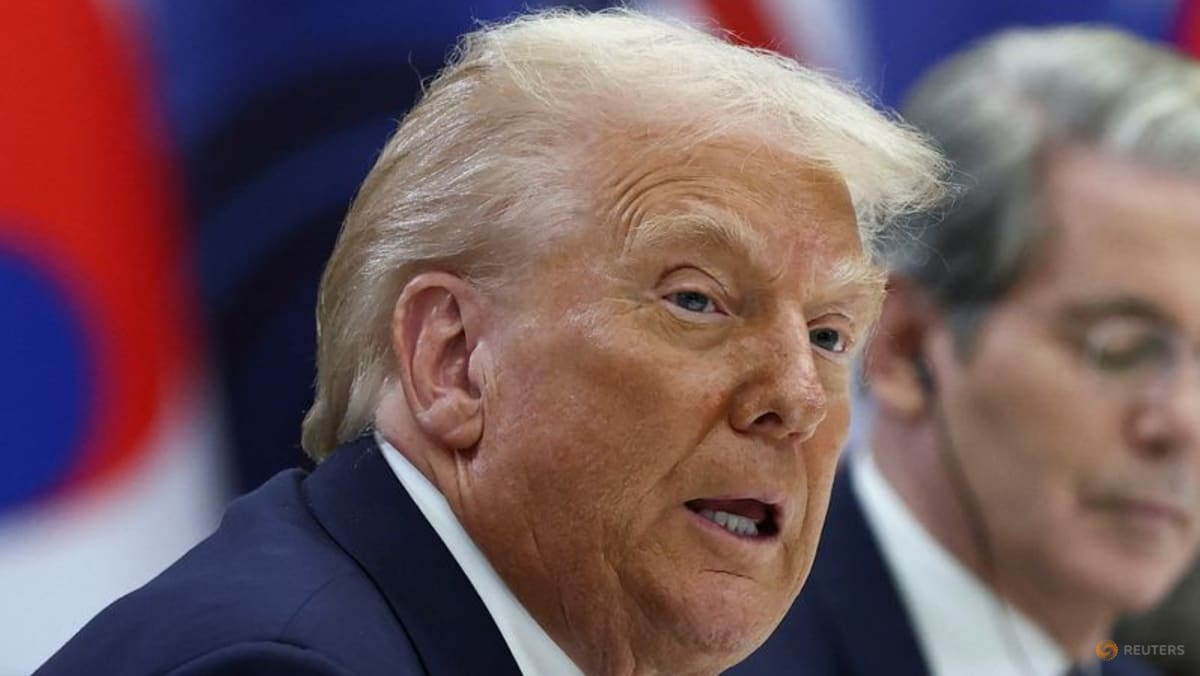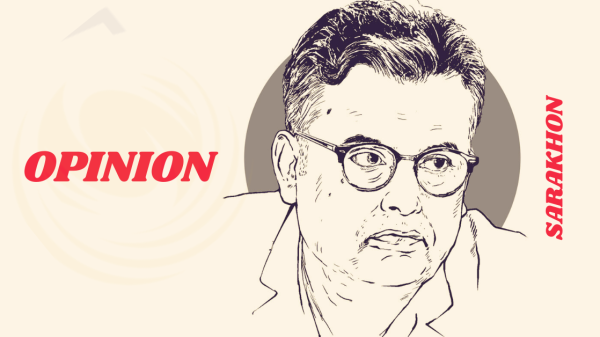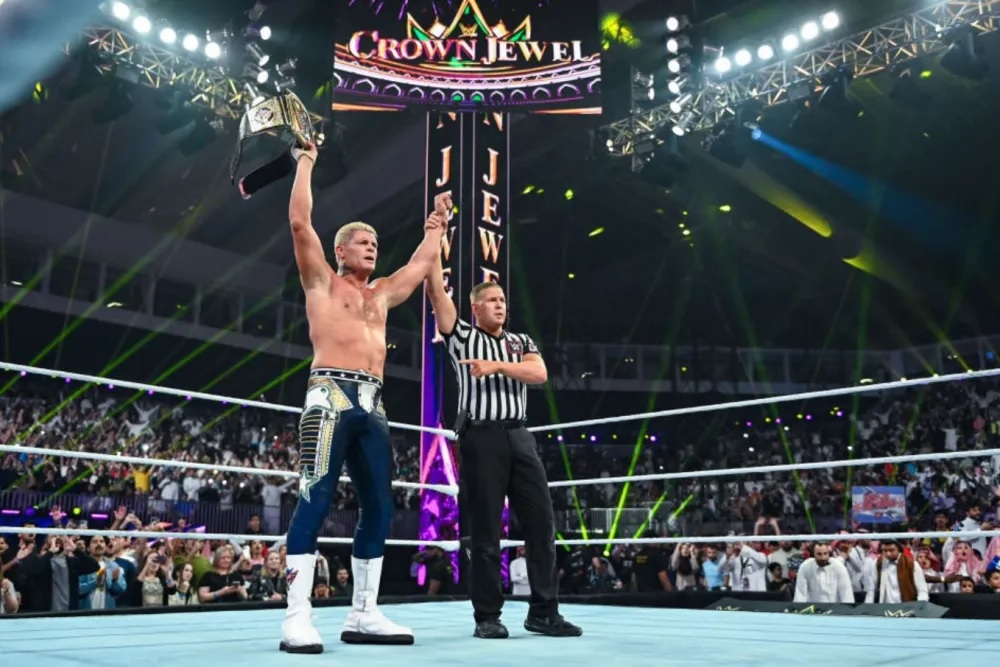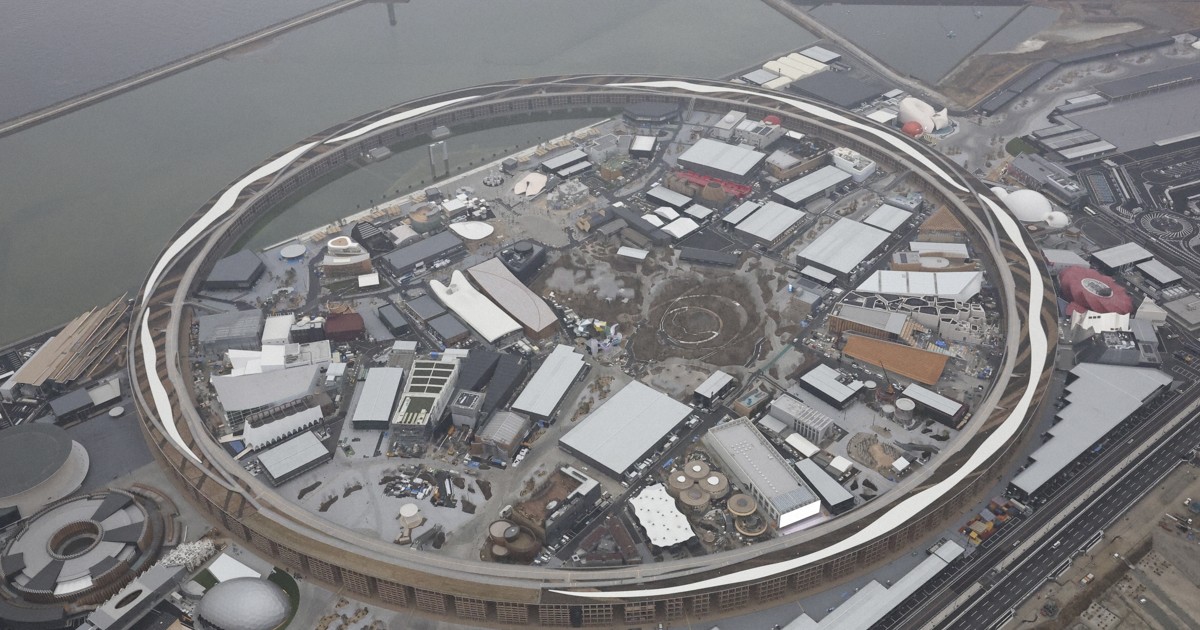‘THE WITCHER’ SEASON 4: LIAM HEMSWORTH’S TURN GETS A POSITIVE REVIEW

What changed on screen—and why it lands
Netflix’s “The Witcher” returned with Liam Hemsworth taking over as Geralt of Rivia, and early reviews say the series feels sharper. The pacing is cleaner, action scenes read more clearly, and the performance avoids imitation—Hemsworth leans into a flinty, restrained take rather than recreating Henry Cavill’s growl. World-building benefits from more focused arcs that give Yennefer and Ciri room without splintering the narrative. The visual language also tightens: cooler palettes, grounded fight choreography, and less quippy banter keep the tone closer to monster-of-the-week noir with political intrigue. For a franchise navigating a headline actor swap, competence is the win; the premiere suggests the creative team chose consolidation over spectacle, and it works.
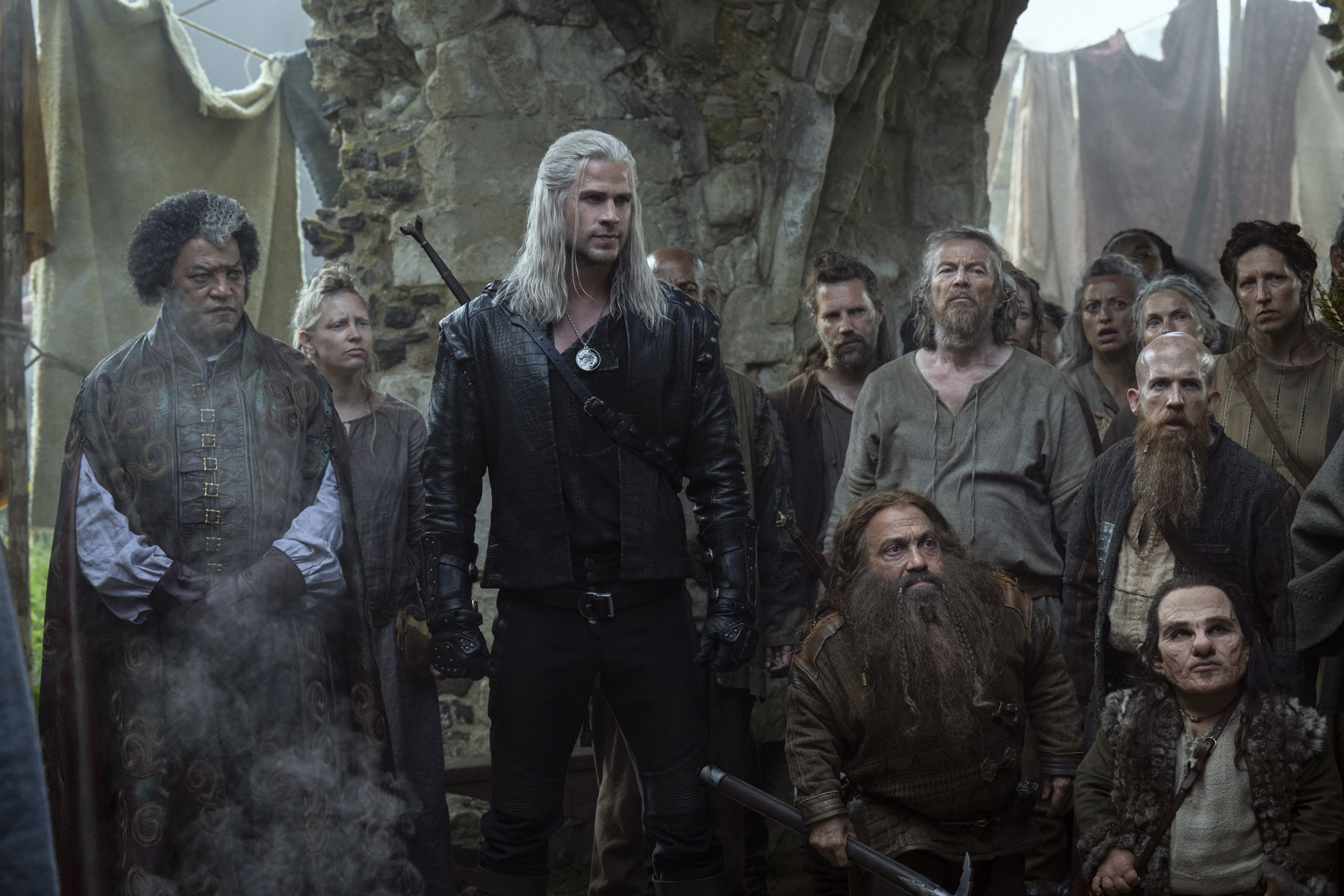
The platform play: release strategy and fandom dynamics
Beyond craft, the rollout tests Netflix’s franchise management. Staggered episodes keep conversation rolling across weeks and shorten the window between review buzz and word-of-mouth. Hemsworth’s fresh turn invites fans to recalibrate expectations rather than doom-scroll comparisons. For Netflix, a steadier “Witcher” shores up a broader fantasy slate and merchandising economics—the show fuels games, books, and tie-ins long after the finale. If viewership holds, Season 4 may prove that smart handovers can extend franchises without reboots. The risk is complacency: the series still needs standout arcs and villain performances to avoid functional but forgettable television. For now, critics see a confident reset that returns the show to creature-hunting roots while keeping the political stakes in view.


